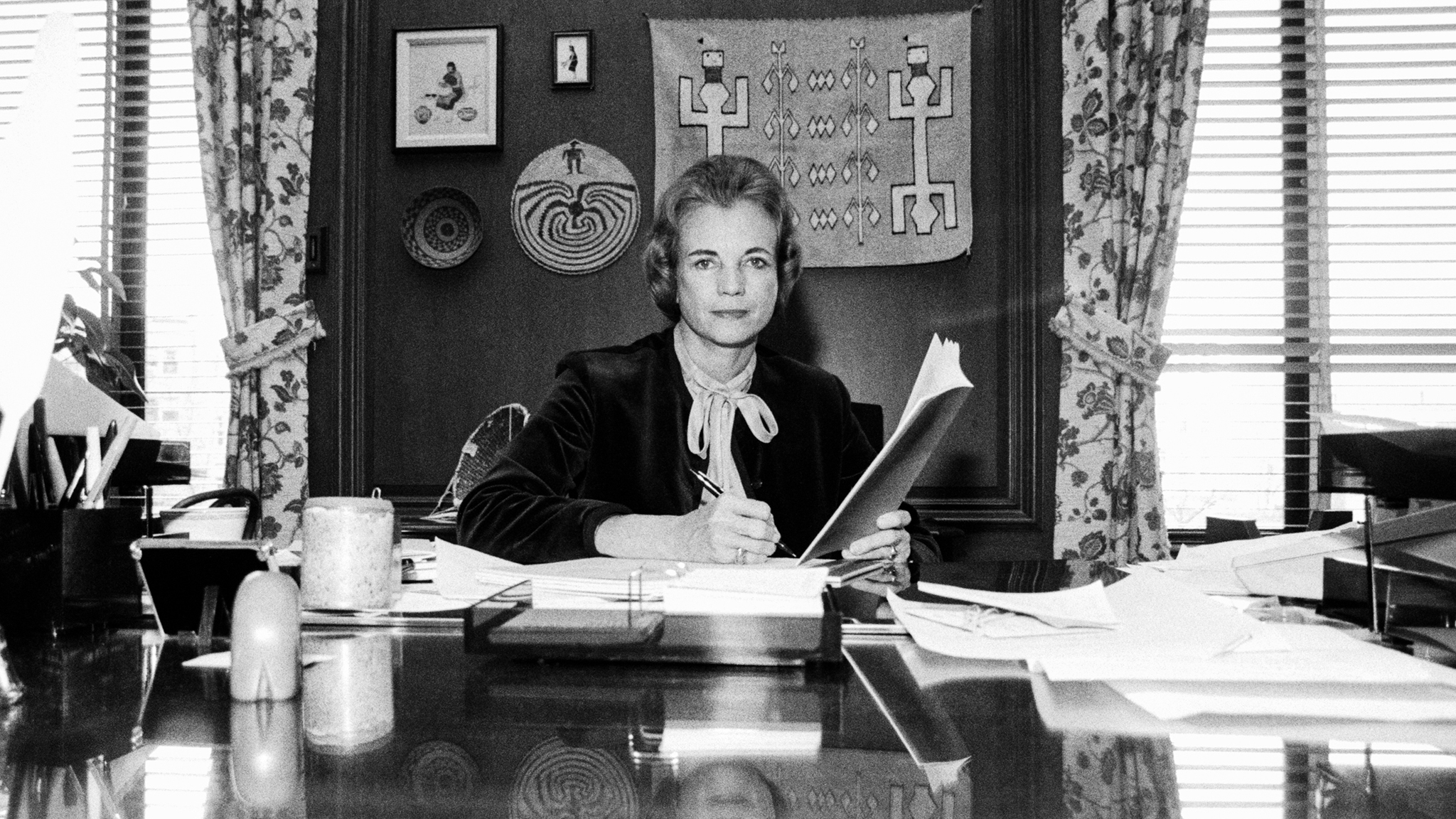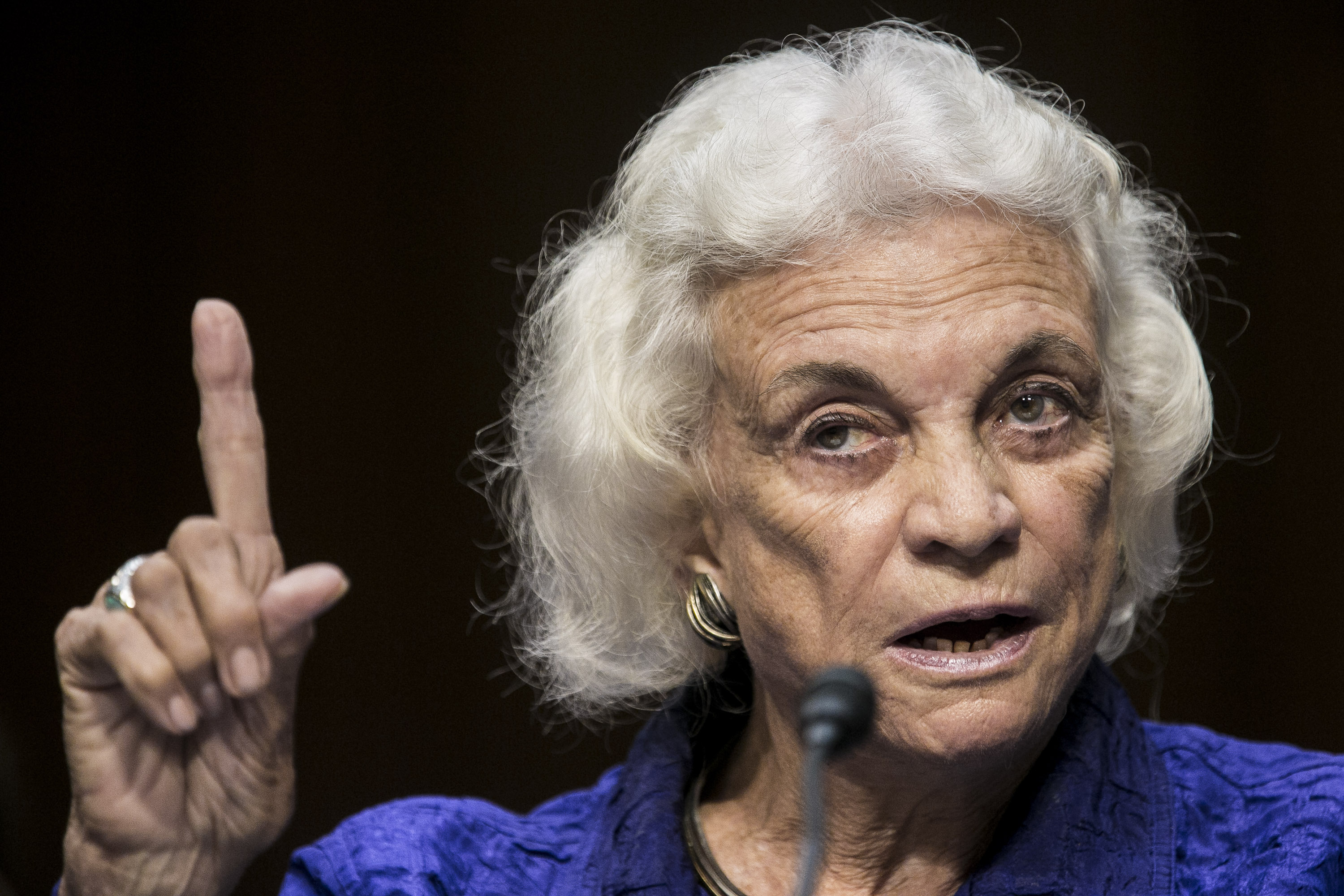Sandra Day O'Connor: A Complex Legacy as the First Woman on the Supreme Court
As the first woman appointed to the Supreme Court of the United States, Sandra Day O'Connor's career was marked by a complex interplay of progressive and conservative views, strategic decision-making, and a profound impact on both the Court and the nation's legal landscape.
A Legacy of Firsts: Breaking Barriers and Shaping the Court
Born in El Paso, Texas in 1930, Sandra Day O'Connor was a legal trailblazer from the start. She earned her law degree from Stanford University in 1952, becoming the first woman to serve as editor-in-chief of the Stanford Law Review. After a successful career as a state legislator, she was appointed by President Ronald Reagan to the Supreme Court in 1981, making her the first female justice in the Court's history.
O'Connor's appointment was groundbreaking and marked a significant step towards gender equality in the judicial system. She brought a unique perspective to the Court, becoming a valuable voice for women's rights and a role model for aspiring female lawyers.
Navigating a Conservative Landscape: Balancing Pragmatism and Principle
Serving during a period of conservative dominance on the Court, O'Connor faced challenges in finding her place and making her voice heard. While she often aligned with the conservative bloc, she also demonstrated independence and a willingness to break from party lines.
In cases involving reproductive rights, O'Connor played a pivotal role in upholding Roe v. Wade in the 1989 case Planned Parenthood v. Casey. However, she also authored the decision in Casey that upheld restrictions on abortion, demonstrating her ability to navigate the complexities of the issue and find common ground between opposing views.
The Swing Vote: Influencing Landmark Decisions with Strategic Voting
One of the most notable aspects of O'Connor's legacy was her role as a swing vote on many of the Court's most consequential decisions. Her ability to bridge the divide between liberal and conservative justices allowed her to influence the outcome of cases that shaped American law and society.
In the landmark 2000 case Bush v. Gore, O'Connor sided with the conservatives to stop the recount in Florida, effectively handing the presidency to George W. Bush. This decision has been highly controversial, with many arguing that it undermined the principles of democracy.
A Complex Legacy: Assessing O'Connor's Impact on the Court and Society
Sandra Day O'Connor's legacy as the first woman on the Supreme Court is undeniably complex and multifaceted. She broke down barriers and expanded opportunities for women in the legal profession. She also played a critical role in shaping the Court's jurisprudence, leaving an imprint on everything from reproductive rights to presidential elections.
O'Connor's record demonstrates the challenges and opportunities faced by women in positions of power. She navigated a male-dominated institution with both pragmatism and principle, ultimately leaving a legacy of both influence and controversy.
Her legacy continues to be debated and analyzed, with scholars and commentators offering diverse perspectives on her impact. Some have praised her as a moderate voice who sought consensus and compromise. Others have criticized her for her conservative leanings and her role in decisions that have limited the scope of civil rights.
Conclusion: A Pioneer with Lasting Influence and Resonating Debate
Sandra Day O'Connor's appointment to the Supreme Court was a watershed moment in the history of American law. As the first woman to serve on the nation's highest court, she shattered a glass ceiling and became an inspiration to women throughout the country.
Her legacy is characterized by complexity and nuance. She was a trailblazer who opened doors for female lawyers, a pragmatist who navigated the political dynamics of the Court, and a swing vote who influenced the outcome of some of the most consequential cases in American history.
O'Connor's legacy continues to be debated and re-evaluated, reflecting the enduring power of her contributions and the complexities of the institution she served. Her story highlights the challenges and opportunities faced by women in positions of power and underscores the importance of diverse voices in the shaping of American law and society.
College Football Playoff Predictions: Our Reporters Pick Every Game In Every Round
Kim Soo-hyun: The Actor Who Won Hearts And Controversies With It’s Okay To Not Be Okay



